The patent examination process—whereby the U.S. Patent and Trademark Office reviews patent applications and issues or grants those that meet the requirements for patentability—is tailor-made for the implementation of AI. But what are the risks to the quality and fairness of the patent examination process when the USPTO implements AI? And what policies and procedures should the USPTO put in place to mitigate these risks?
I. AI is made for patent examination
The work of patent examiners is part art and part science. It is simply not humanly possible for any patent examiner to both 1.) know all relevant prior art publications and 2.) apply the voluminous rules set forth by the patent law (as interpreted by the U.S. federal courts) and the USPTO on all the prior art to evaluate whether a patent application “reads on” (i.e., is substantially identical to and thus is “anticipated” under 35 U.S.C. § 102) each one or a combination of them (i.e., is obvious under 35 U.S.C. § 103). Certainly not after the explosion of the volume of prior art that came with the start of the information age and the rise of the Internet.
But training an AI model to build the perfect patent examiner—or more precisely a model that replicates the patent analytical frameworks and best practices employed by top patent examiners and that “knows” the Internet etc. (or relevant subsets thereof)—is well-within the realm of possibility in our incipient AI age. This is precisely the combination of massive amounts of data plus complicated but rule-bound analysis that AI excels at.
As discussed in more detail below, to date, the USPTO has developed and implemented discriminative AI tools to assist with prior art searches. There have been no formal USPTO discussions of developing or implementing the generative AI tools necessary for invalidity analyses to date.
II. The Oct. 2023 Biden Executive Order on AI’s application on patent examination
The Oct. 2023 Biden Executive Order on AI encourages agencies to carefully implement AI by “limit[ing] access, as necessary, to specific generative AI services based on specific risk assessments, … at least for purposes of experimentation and routine tasks that carry a low risk of impacting Americans’ rights.”1
The Order further directs the Office of Management and Budget (OMB) to “coordinate the use of AI across the Federal Government”, including by “improv[ing] transparency for agencies’ use of AI by “collect[ing], reporting, and publish[ing] agency AI use cases, pursuant to section 7225(a) of the Advancing American AI Act.”2
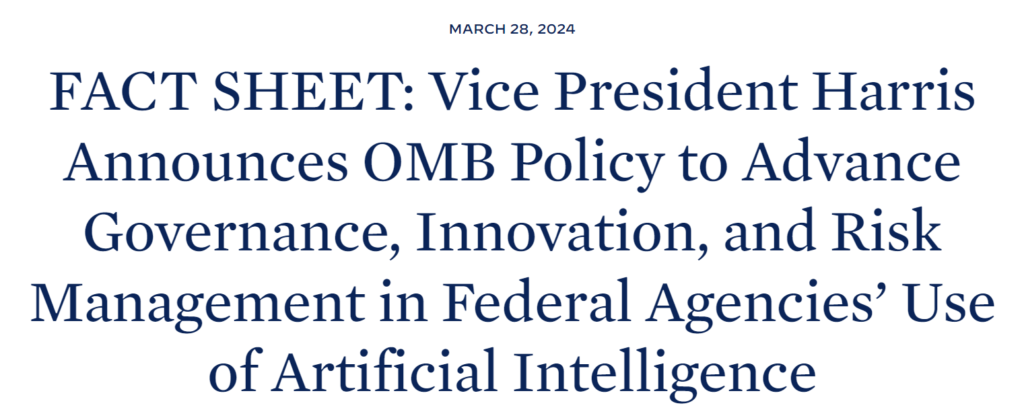
All federal agency AI policies will go through the Office of Management and Budget….
On Mar. 28, 2024, the OMB issued its first government-wide policy “to mitigate risks of artificial intelligence (AI) and harness its benefits” pursuant to the Oct. 2023 Executive Order.3 The OMB policy states:
By December 1, 2024, Federal agencies will be required to implement concrete safeguards when using AI in a way that could impact Americans’ rights or safety. These safeguards include a range of mandatory actions to reliably assess, test, and monitor AI’s impacts on the public, mitigate the risks of algorithmic discrimination, and provide the public with transparency into how the government uses AI.4
The development of such safeguards and regularly reporting of their effectiveness will presumptively be required for both the USPTO’s existing prior art search tools and any generative AI tools the USPTO develops to conduct invalidity analyses in the future. The level of detail required will presumably be lower for the former and higher for the latter. [cont’d ↗]
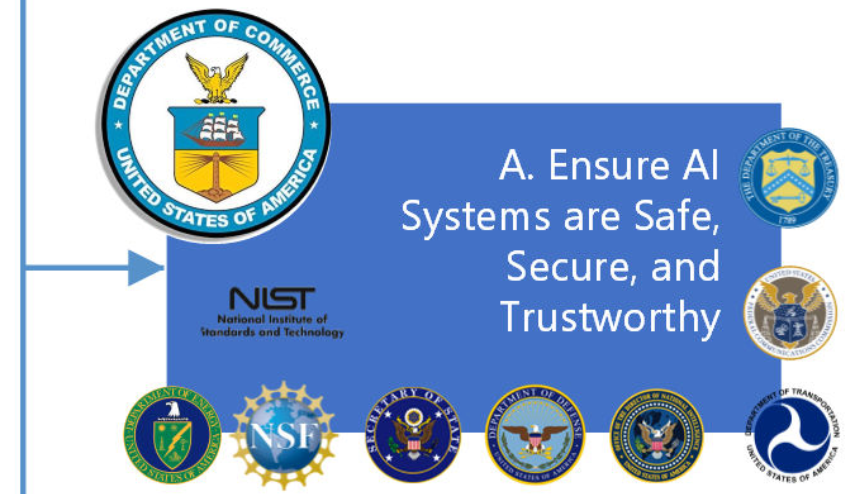
Federal regulation of the implementation of AI by federal agencies
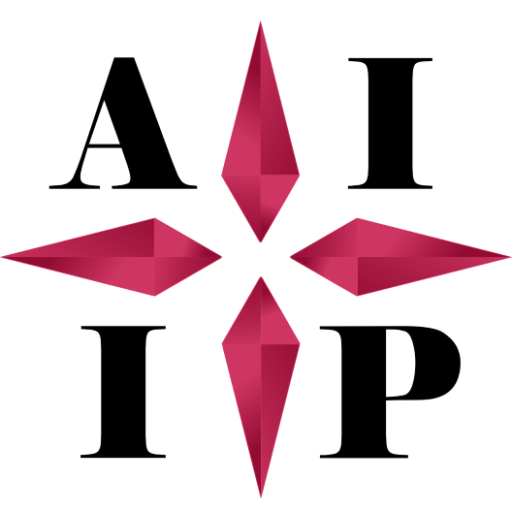

Self-schedule a free 20-min. video or phone consult with Jim W. Ko of Ko IP and AI Law PLLC here.
III. The USPTO’s AI initiatives to date have been discriminative
The USPTO’s AI initiatives to date have been limited to two areas, both discriminative: 1.) prior art searching; and 2.) automatic patent classification.5
A. Prior art searching
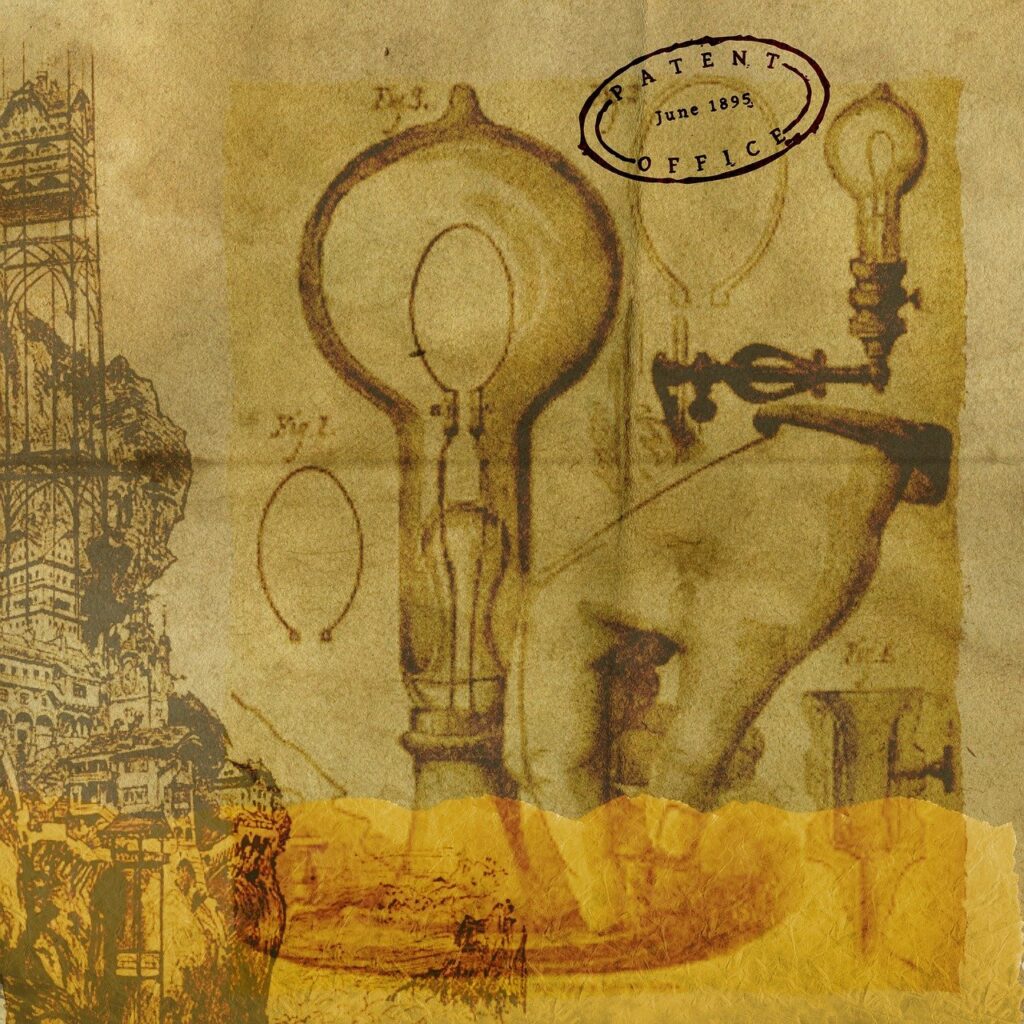
How far and wide can AI search?
1. The USPTO’s application of AI
The USPTO released a beta version of its “More Like This Document” prior art search tool to a subset of examiners in March 2020.6 “More Like This Document” uses AI algorithms to generate a list of domestic or foreign patent documents that are similar to a specific patent document.7 In October 2021, the USPTO released to all examiners the AI-based “More Like This Document” feature in its Patent End-to-End (PE2E) Search platform.8
A year later, the USPTO introduced a new AI-based tool: the Similarity Search feature.9 This improved upon the “More Like This Document” search tool, with the “anchoring” unit to be “copied” no longer needing to be an entire document.10 With Similarity Search, paragraphs, sentences, or phrases within the document can be used instead, allowing for searches focused on specific concepts.11
2. USPTO’s risk mitigation for AI-powered prior art searches
a. Just because an implementation of AI hurts you, doesn’t necessarily mean it’s prejudicial….
As of October 2023, examiners reportedly made 1.3 million searches using these AI search tools.12 But as critical as USPTO prior art searches are to the patent prosecution and examination process, the USPTO’s AI-powered “More Like This Document” and “Similarity Search” applications do not bear much risk of bias or infringement on any patent applicant rights on their face.
Some number of patent applications have undoubtedly been rejected due to AI finding relevant prior art that would not otherwise have been located or considered. In particular, much foreign prior art that would have never come to light in its untranslated form is now on the table. But at least here the USPTO appears to be simply reaping such pure “better, faster, and cheaper” benefits that the machine-learning and omniscient AI inherently offers. Patent applicants can’t exactly claim their rights have been prejudiced here, in particular when the AI-located prior art is applied as anticipatory prior art under section 102. It is the patent examiner that ultimately evaluates whether such prior art reads on each and every element of each patent claim, using the exact same process they use for prior art they locate through legacy non-AI tools as well.
b. Mitigating against bias due to demographic information.
The USPTO mitigates whatever potential model biases may result from applicant, inventor, and assignee information by excluding this information from the training data entirely.13
c. … and sunlight remains the best disinfectant….
The USPTO further ensures that the public receives clear notice when aspects of the examiner’s search were performed using AI. “When an examiner selects a Similarity Search query to be included in the search notes of the application file wrapper, all documents retrieved by that query, along with the query itself, are listed in the search notes.”14
Such transparency mitigates the risk of AI hallucinations contaminating the prior art search results. All prior art found thru such AI-powered tools, the database from which they are found, the AI-powered tool and search query used to locate it are all saved and presented in the patent examiner’s search record, and thus can be separately verified.
B. Automatic classification of patent applications into field of invention
ark Office (USPTO) receives a patent application, it classifies the application before the examination process begins. The USPTO classifies incoming patent applications to:
- identify and group the technology captured in an incoming application;
- match the technology in an application to a patent examiner;
- assign examination time to an application; and
- search for and retrieve relevant prior art.
For years, going back to at least the early 2010s, the USPTO relied on contractors for initial classification and reclassification services. Most recently in 2015, the USPTO paid $95 million to a third party contractor for a five-year contract.15
The USPTO has been actively trying to improve its classification system to allow the better matching of patent applications to the technological expertise and patent examination experience of examiners.16
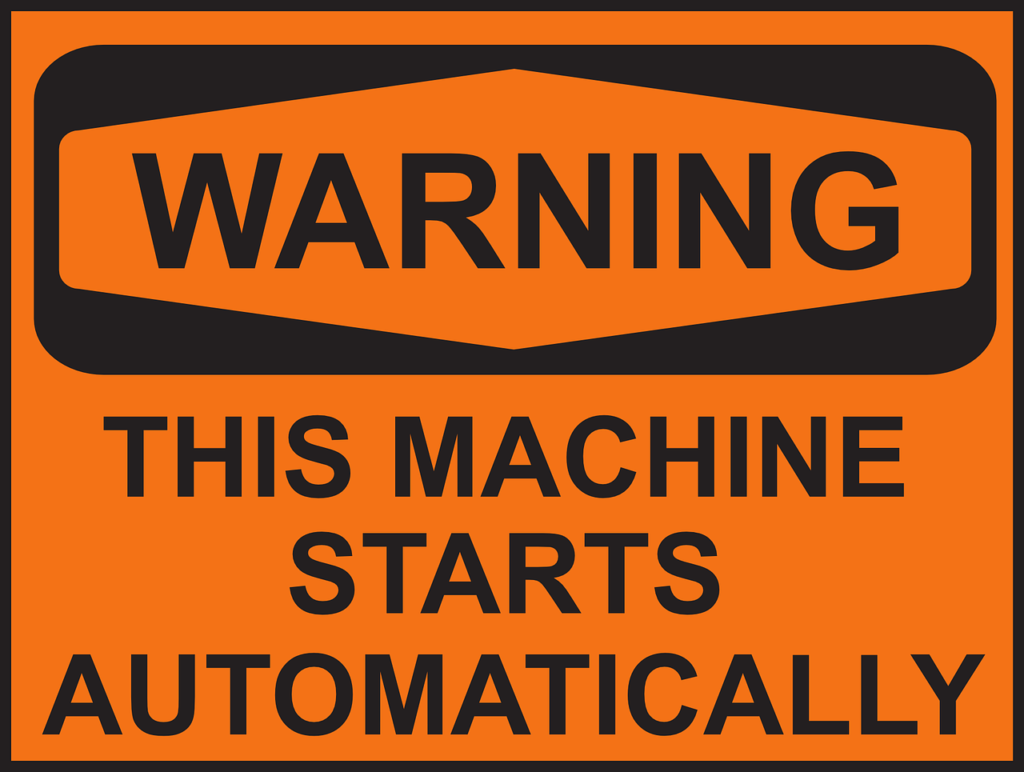
1. The USPTO’s application of AI
By 2020, the USPTO “developed an auto-classification tool that leverages machine learning to classify patent documents using the Cooperative Patent Classification (CPC) system.”17
The system can suggest CPC symbols, and includes the ability to identify claimed subject matter for additional refinement of the suggested CPC symbols similar to our AI search system. The auto-classification system also includes indicators that provide users with insight into the reasoning of the AI, by linking suggested CPC symbols to specific portions of the document. Enhanced feedback mechanisms designed into the system integrate with our existing classification processes to support training the AI.18
A contracted classifier can take months to classify patent applications. When applying its CPC auto-classification tool, this bottleneck is presumptively alleviated.19 [cont’d ↗]
2. USPTO’s risk mitigation for AI-powered automatic classification of patent applications
This author has been unable to find any USPTO publication that comprehensively lays out how its AI-powered CPC autoclassification system was rolled out in the past. Or how it is implemented today. As such, it is impossible to assess any risk mitigation steps that the USPTO takes for this system.
From the scattered information that is available, it’s unclear:
- whether the auto-classification AI is used today for all patent applications?
- whether contractors are still part of the classification process today, and if so, how?
- whether human review and approval is required before any AI autoclassification is actually implemented? And if so what does this entail?
- what supervisory oversight is provided either pre-implementation or post-implementation (e.g., when a patent applicant challenges the classification)?
3. …impactful, but again, is it really prejudicial…?
How a patent is classified can significantly impact not only the timetable for a patent examination process but even whether or not it is granted.
Certain patent classification groups are known to have higher issuance rates (i.e., to grant more patents) and/or to conduct their patent examinations faster than others.20 Sophisticated patent prosecutors strategically draft patent applications and steer them toward favorable patent classification groups and away from unfavorable groups.21
The USPTO’s AI-powered CPC autoclassification system presumably reduces the effectiveness of such attempts. But it is not exactly a fundamental or protectable right to “patent classification group”-shop either.
IV. Potential future applications of generative AI in patent examination raise concerns
In the USPTO’s current limited applications of AI in its “More Like This Document” and “Similarity Search” tools, the AI is simply getting more and more relevant prior art before patent examiners, who are otherwise left to carry out the same invalidity analysis that they have always carried out. In other words, human patent examiners are carrying out the invalidity analysis and are using these discriminative AI tools to simply collect relevant prior art for their analyses.
But generative AI tools will inevitably be developed that can carry out more and more of the core invalidity analysis that could previously only be done by human patent examiners. Even if there is a formal or informal USPTO policy barring the use of ChatGPT etc. by patent examiners today, it would frankly be surprising if at least some patent examiners were not already experimenting with using ChatGPT “offline” for such analyses.22
No one wants AI to make dispositive determinations impinging any individual rights in any field, including patent law.
But when AI-generated “recommendations” along lines of “Claim 1 may be obvious over prior art reference nos. 1 (covering element a, c, and f), 2, and 3” start being made available to patent examiners—whether sanctioned or unsanctioned by the USPTO—and provide some form of ranking of such recommendations, the USPTO will have a fundamental problem. As such generative AI capabilities and outputs improve, it is easy to see the nominally independent, free-thinking patent examiner trending more toward a rubber stamp of the AI’s recommendations, at least in some cases.
Given the complexities inherent to any patent invalidity analysis, it is impossible to predict how this all would play out in reality. Some areas of concern which implicate potentially undue substantive impacts that come to mind include:
- patent examiners may become less likely to concede that the prior art found via AI searching is not directed to the field of the invention than they would have on their own.
- patent examiners will become more likely to combine a higher number of secondary references for a section 103 rejection when so recommended by AI than they otherwise would have.
V. Conclusion
The USPTO should continue its efforts to implement AI into its patent examination processes. Generative AI has the potential to significantly alleviate many of the worst deficiencies of the U.S. patent system, most notably issues of patent quality and overall time and cost of the examination process. Any reduction in the “PTAB gap” (i.e., the gap between the patent invalidity analyses made during the initial patent examination process and those made during inter partes review (IPR) before the Patent Trial and Appeal Board (PTAB)), presuming achieved on principled grounds, would make the overall patent system more efficient many times over.
But given the rapid development of the capabilities of AI today, we will quickly leave the realm of “routine tasks that carry a low risk of impacting Americans’ rights” and enter complicated areas of direct or indirect substantive impact on the patent examination process.
The federal government has set up its broad framework for how USPTO and OMB oversight will theoretically mitigate any undue impact that the implementation of AI may have on the rights of patent applicants. The devil as always will be in the details.
© 2024 Ko IP & AI Law PLLC
- Executive Order on the Safe, Secure, and Trustworthy Development and Use of Artificial Intelligence, October 30, 2023, Sec. 10.1(f) (“To advance the responsible and secure use of generative AI in the Federal Government), available here. ↩︎
- Id. at Sec. 8(e). ↩︎
- Fact Sheet: Vice President Harris Announces OMB Policy to Advance Governance, Innovation, and Risk Management in Federal Agencies’ Use of Artificial Intelligence, March 28, 2024, available here. ↩︎
- Id. ↩︎
- Both applications are examples of discriminative AI (i.e., a machine-learning model that is trained to classify data into groups). The USPTO developed them before OpenAI’s Nov. 2022 release of ChatGPT, an example of generative AI (i.e., a machine-learning model that is trained to create new data), which has ushered AI into the public consciousness. ↩︎
- Artificial intelligence tools at the USPTO, Director’s Blog: the latest from USPTO leadership, May 18, 2021, available here. ↩︎
- New PE2E Search Tool Using AI Search Features, 1494 OG 251, Jan. 11, 2022, available here. ↩︎
- Id. ↩︎
- 2022 Annual Report, Patent Public Advisory Committee, Nov. 1, 2022, available here. ↩︎
- Id. ↩︎
- Id. ↩︎
- See Annalise Gilbert, Invention Applications Face AI-Backed Scrutiny at Patent Office, Bloomberg, Oct. 2, 2023, available here. ↩︎
- New artificial intelligence functionality in PE2E Search, USPTO, at 6, available here. ↩︎
- Id. (“The search results produced using emphasized text and/or CPC symbols for a given application will be listed in the PE2E search history in addition to the application number and any applicable emphasized text snippets and CPC symbols, except where the inclusion of the text or the application number would violate the confidentiality provision of 35 U.S.C. 122(a).”). ↩︎
- Press Release: Serco Awarded $95 Million Patent Classification Contract, Nov. 30, 2015, available here. ↩︎
- See also USPTO Needs to Improve Oversight and Implementation of Patent Classification and Routing Processes, Dept. of Commerce, Office of Inspector General, OIG-23-026-A, click here. ↩︎
- USPTO, supra note 14. ↩︎
- Id. ↩︎
- For background discussion re the patent classification process and the impact of delays, see Carl Oppedahl, When USPTO Classifies an Application Incorrectly, IPWatchdog.com, Mar. 11, 2014, available here. ↩︎
- How Classification Works at the USPTO: Targeted Drafting to Influence Prosecution Outcomes, LexisNexis, June 16, 2020, available here. ↩︎
- Id. ↩︎
- According to a Salesforce Nov. 2023 survey:
a. 55% of all employees have used unapproved generative AI tools at work, and
b. 40% of all workplace generative AI users have used banned tools at work. ↩︎
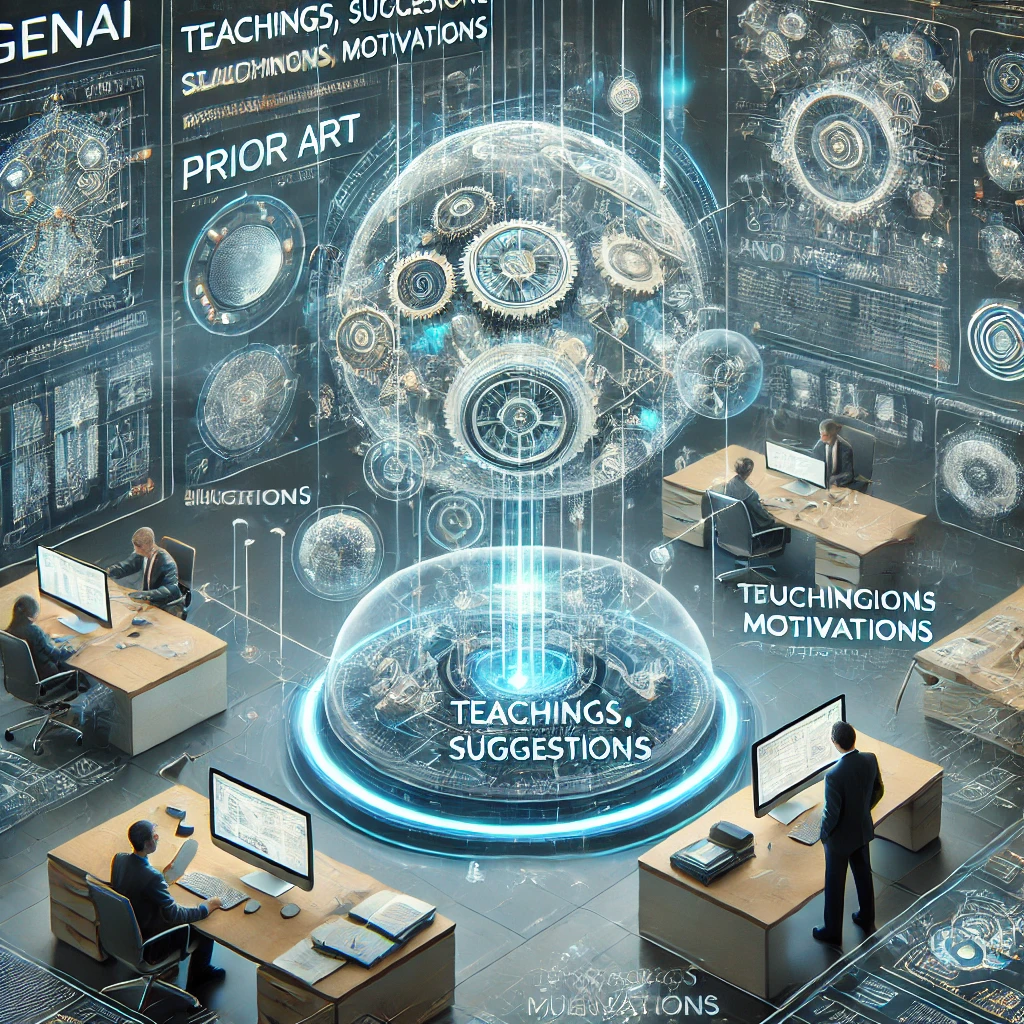
Leave a Reply